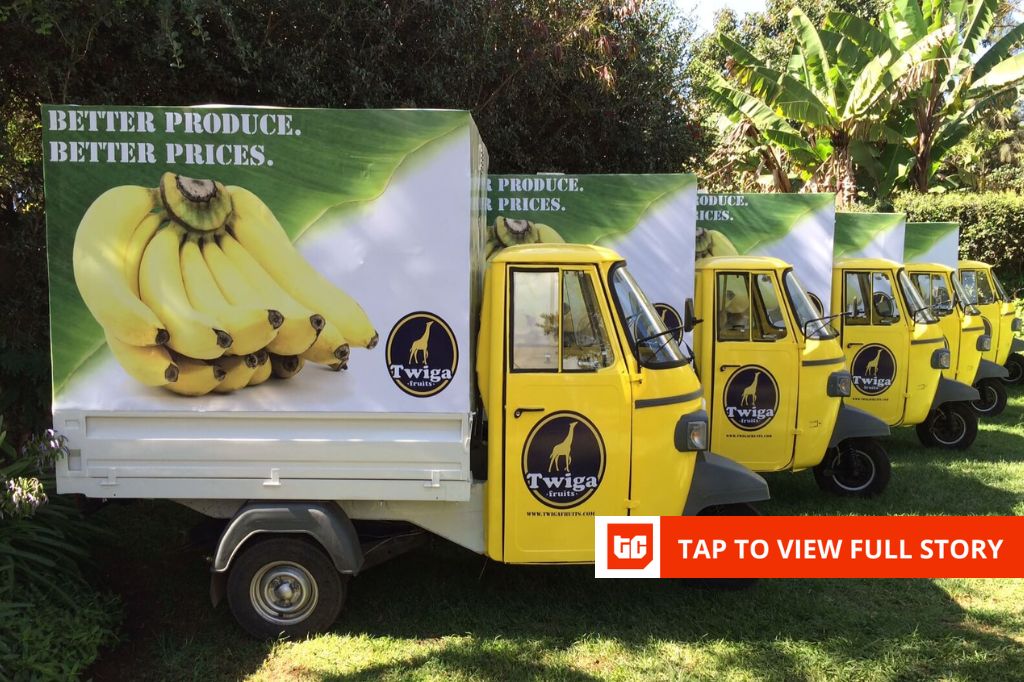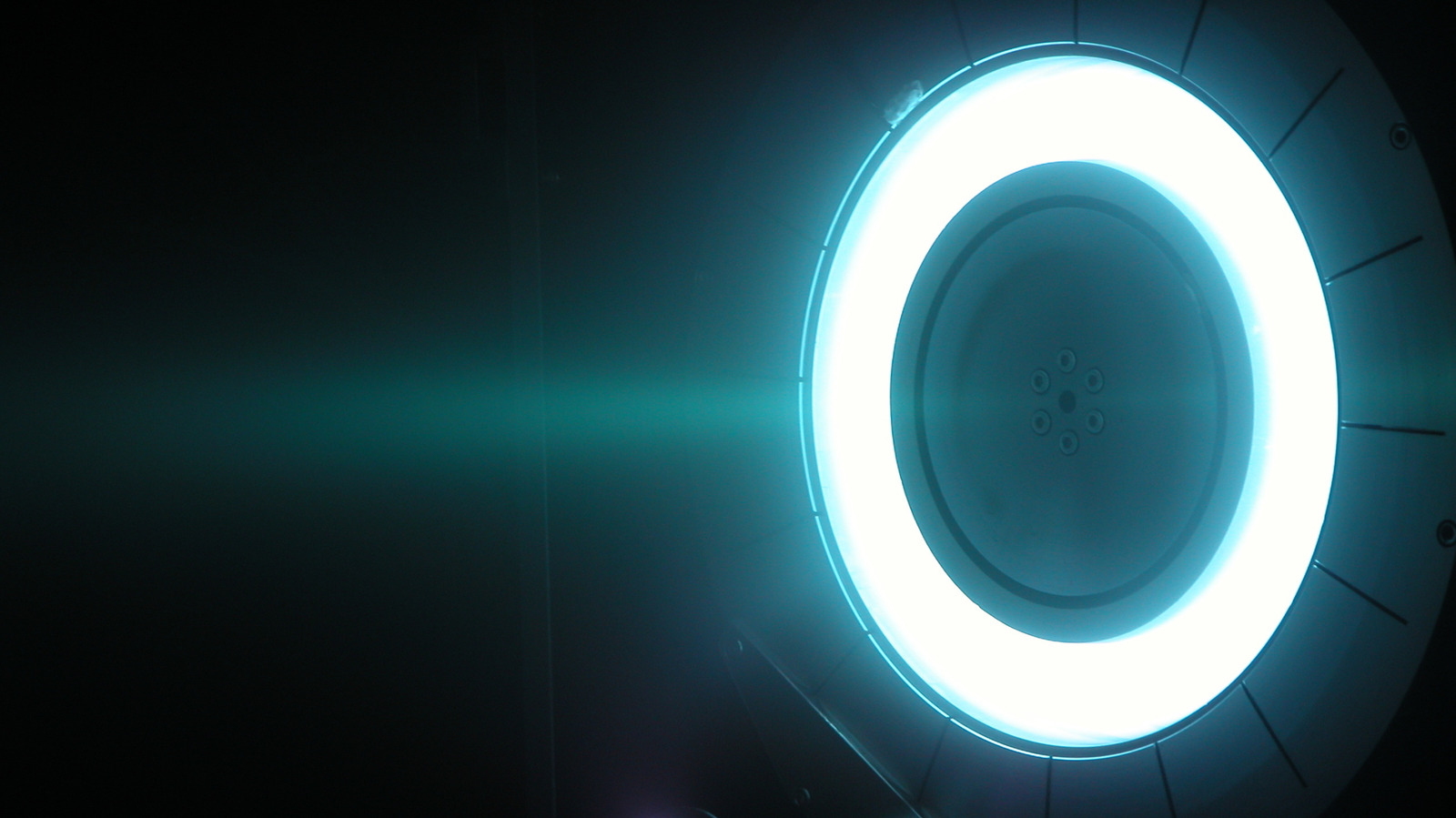When I started using the iPhone Air a month ago, I braced myself for compromise. Could I cope with a single rear camera? Would I constantly worry about the phone bending? Surely, such a thin battery would keep me on the hunt for a charger. Right?
It turns out my experience with Apple’s thinnest phone wasn’t quite so black-and-white.
This wasn’t my first time using a premium ultrathin phone. I also tested the Samsung Galaxy S25 Edge earlier this year and had similar concerns that were generally alleviated. But things could always be different with Apple’s attempt at a skinny phone. Still, I fell in love with the $999 iPhone Air’s sleek design the moment I first held it at Apple Park, which motivated me to have an open mind about the apparent trade-offs compared to the rest of the new iPhone lineup.
I quickly realized I could live with them just fine — for the most part.
A single 48-megapixel rear camera does some heavy lifting.
The solo camera (mostly) pulls its weight
Going from the iPhone 16 Pro Max to the iPhone Air felt like it would be a big step down camera-wise, since the Air only has a single 48-megapixel wide-angle camera on the back. But it turns out I don’t use an ultrawide or telephoto lens all that much.
Don’t get me wrong: I love having the option to punch out to 0.5x for more sweeping landscape shots. When I went to a Jonas Brothers concert a few weeks ago, I kept my iPhone Air securely in my pocket most of the time, instead opting for the 5x optical zoom on the iPhone 16 Pro Max. (You can get an even closer 8x shot on the iPhone 17 Pro Max, but I worked with what I had.) And honestly, if you’re spending nearly $1,000 on a phone, you should have more flexible camera options than what you’ll get on the Air.
Watch this: iPhone Air, One Month Later: Camera and Battery Worries Put to Rest
But I could probably count on one hand the number of times I felt like the Air’s camera fell short of what I needed. It admittedly took some time for me to wean myself off of towing the 16 Pro Max around for photos and videos. But once I fully embraced the Air, I came to appreciate the crisp, detailed footage it consistently captured, and it hardly left anything to be desired. I’m also glad that features like Center Stage, which can automatically switch your selfie from a portrait orientation to landscape without you rotating your phone, is available on the iPhone Air (as well as the baseline iPhone 17), instead of just the 17 Pro models.
Here are some of my favorite shots I’ve taken on the iPhone Air over the last month:
Teatime + portrait mode = the signature Abrar shot.
This portrait shot adeptly keeps the focus on not only the candles in the foreground, but also each bar on the cage — though things get a little fuzzy in the upper right corner by the cage’s curved metal embellishments.
Getting some spooky season vibes in this dark room. The image is still sharp and clear in the gloom.
The crispness of this shot is so satisfying.
Even on a cloudy day, the colors here are vivid.
Center Stage can automatically adjust a selfie’s framing so everyone’s in the shot.
I’m not letting Apple fully off the hook, though. If Samsung can pack a wide and ultrawide camera in its slim Galaxy S25 Edge, I trust Apple can do the same. Maybe next year.
The iPhone Air is just 5.6mm thick.
The iPhone Air is slim but mighty
When Apple debuted the iPhone Air in September, there was general apprehension about how durable the slim device could be. Even with its titanium frame, the phone’s 5.6mm thickness led to worries it might bend or snap. Those fears were largely put to rest when Apple showed me and a handful of reporters just how much force the phone could handle.
In a demo room at Apple Park following the company’s fall keynote, I watched a machine apply more than 130 pounds of force to the middle of the iPhone Air. It bent with the pressure to avoid breaking, but once the force was lifted, the phone snapped right back into shape, as if nothing had happened. I looked at both the front and back of the phone afterward and didn’t see any cracks or fractures. I was impressed, and figured this meant I could slip it in my back pocket without bending it.
Indeed, I’ve bravely gone case-less for the last month, and the Air has held up surprisingly well. It hasn’t bent, even when I tried to warp it just to see what it can handle. And apart from some slight scuffs on the corners from when I did a water immersion test in what happened to be a stone-bottom fountain, I haven’t noticed any scratches.
If you do want to slap on a case for peace of mind, there are plenty of thin options to choose from. I tried the clear MagSafe option from Apple for a couple of days; it’s less than 1mm thick and has the added advantage of evening out the protruding camera bump so the phone doesn’t wobble on a table. But if you don’t want anything to come between you and your sleek new iPhone, my experience should hopefully provide some assurance.
The iPhone Air’s battery can typically make it through a day of regular use.
Battery is solid. Except when it’s not
Battery life is where I felt the biggest difference going from an iPhone Pro Max to the Air, which isn’t surprising. But it wasn’t as glaring an issue as I expected.
On lighter-use days, especially when I stayed home and used Wi-Fi, the iPhone Air typically had about 20% battery to spare by the end of the night. But on busier days when I was out and about, I definitely had to charge my phone when I got home.
Somehow, that wasn’t as much of a downside as I’d anticipated. If you’re like me, you probably have a habit of charging your phone at night anyway (or before you head out in the morning). So needing to plug in the Air each day probably won’t throw a wrench in your routine. I continued to use and charge the Air as I would any other phone, and there were only a handful of times where I eyed the battery level with apprehension as I roamed around town.
It helps that the Air charges quickly, despite the meager 20-watt maximum charging. In a 30-minute charging test, it went from dead to 54%. The Air also supports Qi2 wireless charging up to 20 watts, and went from 17% to 64% in half an hour. So you can top off the battery pretty quickly when it is time for a recharge.
Apple also sells a $99 slim MagSafe battery pack made specifically for the iPhone Air. I don’t like the idea of depending on an external battery to keep my phone alive, no matter how sleek it is, and thankfully I’ve only had to use it a couple of times in the last month. In fact, I hardly ever carry it around, but it’s good to know it’s there, like if I need to quickly head out the door and didn’t get around to charging my phone. On the rare occasions I have used the MagSafe battery, it took my phone from 1% to 69% before it ran out.
I’m a consistently heavy phone user, and I like knowing my phone’s battery will last well beyond a day of regular (and slightly more intense) use. So while I can certainly make do with the iPhone Air’s battery, and it’s held up well for me, I still prefer the larger capacity on something like the iPhone 17 Pro Max, so I don’t have to keep tabs on the battery levels as much. But I’m pleased with how well the iPhone Air held up for how thin it is, and if you’re a light to moderate phone user, you shouldn’t have any issues.
For a closer look at the battery life on each of Apple’s latest phones, you can check out ‘s in-depth breakdown.
Holding up the Air to watch videos is a more comfortable experience because of how light the phone is. But the single speaker is a key drawback.
One of the biggest tradeoffs surprised me
There’s one drawback with the Air that wasn’t even on my radar before I started using it: The slim phone only has one speaker, rather than the dual stereo speakers you’ll get on other iPhones.
Most of the time, I hardly notice the audio is a little quieter than it would be on the iPhone 17 or 17 Pro models. But when I’m lying in bed binging Better Call Saul or watching YouTube videos instead of going to sleep at a normal hour, I notice just how lopsided the sound is. That’s why I typically end up reaching for another phone to watch movies and TV shows on, even though I prefer how light the Air is to hold up.
It’s not a major red flag, and the phone’s audio is still clear and loud enough, but I prefer having a more balanced sound. If you’re not as particular as me about these things, it likely won’t be an issue. But it’s good to know if you’re buying a phone that’s nearly $1,000.
I got so used to how sleek the iPhone Air feels that switching to anything else takes some adjustment.
Airing my final thoughts
A testament to the iPhone Air’s design is that it had me reconsidering my priorities of long battery life and first-rate cameras. To be clear, the Air didn’t dazzle me into fully neglecting the importance of those features. But it did show me that I’m willing to concede more than I thought in exchange for something lightweight and sleek.
Like the Samsung Galaxy S25 Edge, it was refreshing to use something that looks and feels different from the bulk of phones on the market. I quickly grew accustomed to the Air’s build, but was reminded of just how unique it is each time someone else would marvel at it. (My favorite description someone gave it was “dainty.”)
Ultimately, the iPhone Air is a first-generation product, and there are going to be kinks to work out in future models. I hope Apple adds more rear cameras, extends battery life and doubles up the speakers to offer a more premium experience that aligns with the Air’s price. Or, as analysts have speculated, this might be a stepping stone to a foldable iPhone, which would also be a welcome — and long-awaited — release.
Until then, though, the iPhone Air largely pulls its weight.










